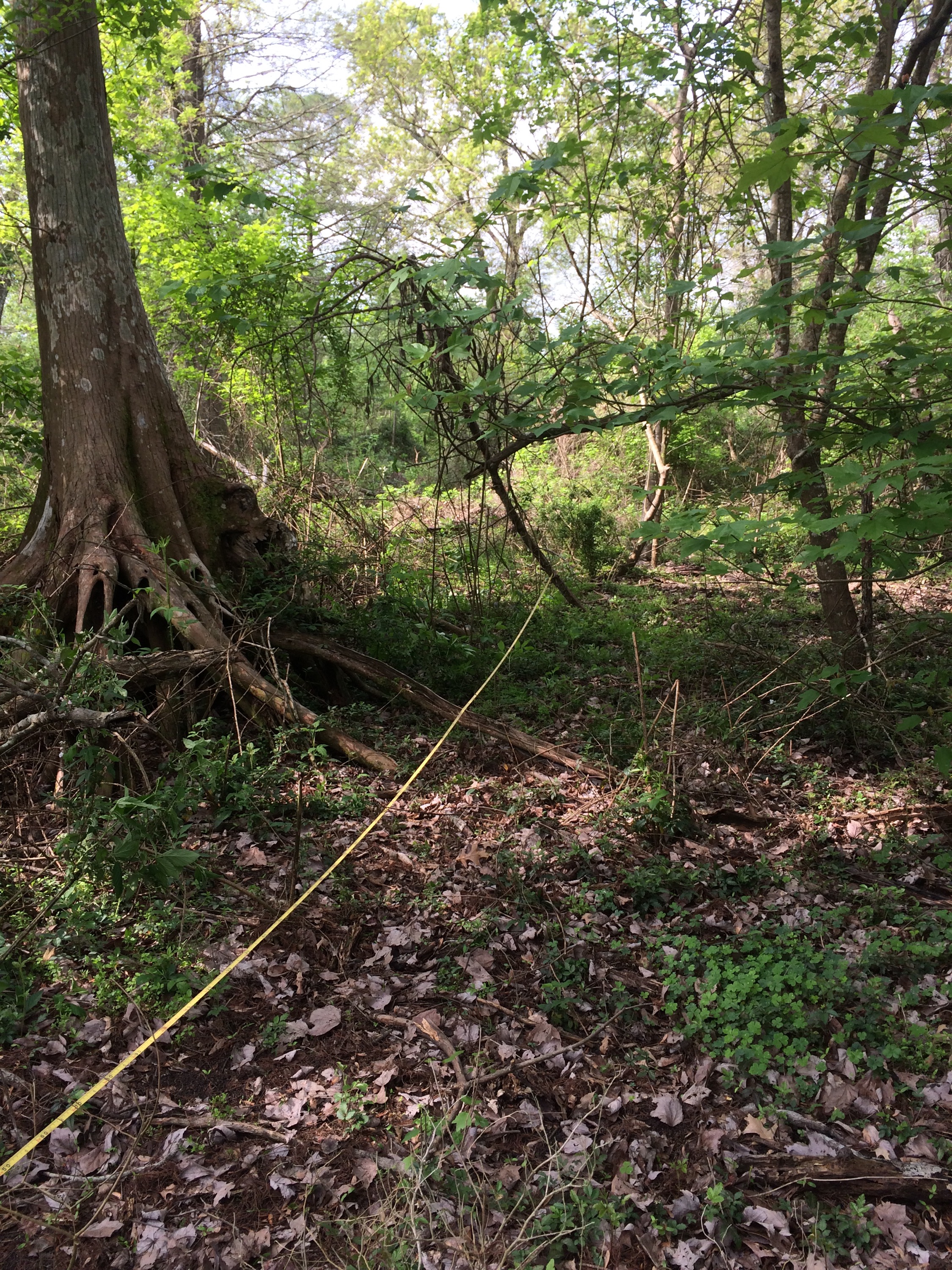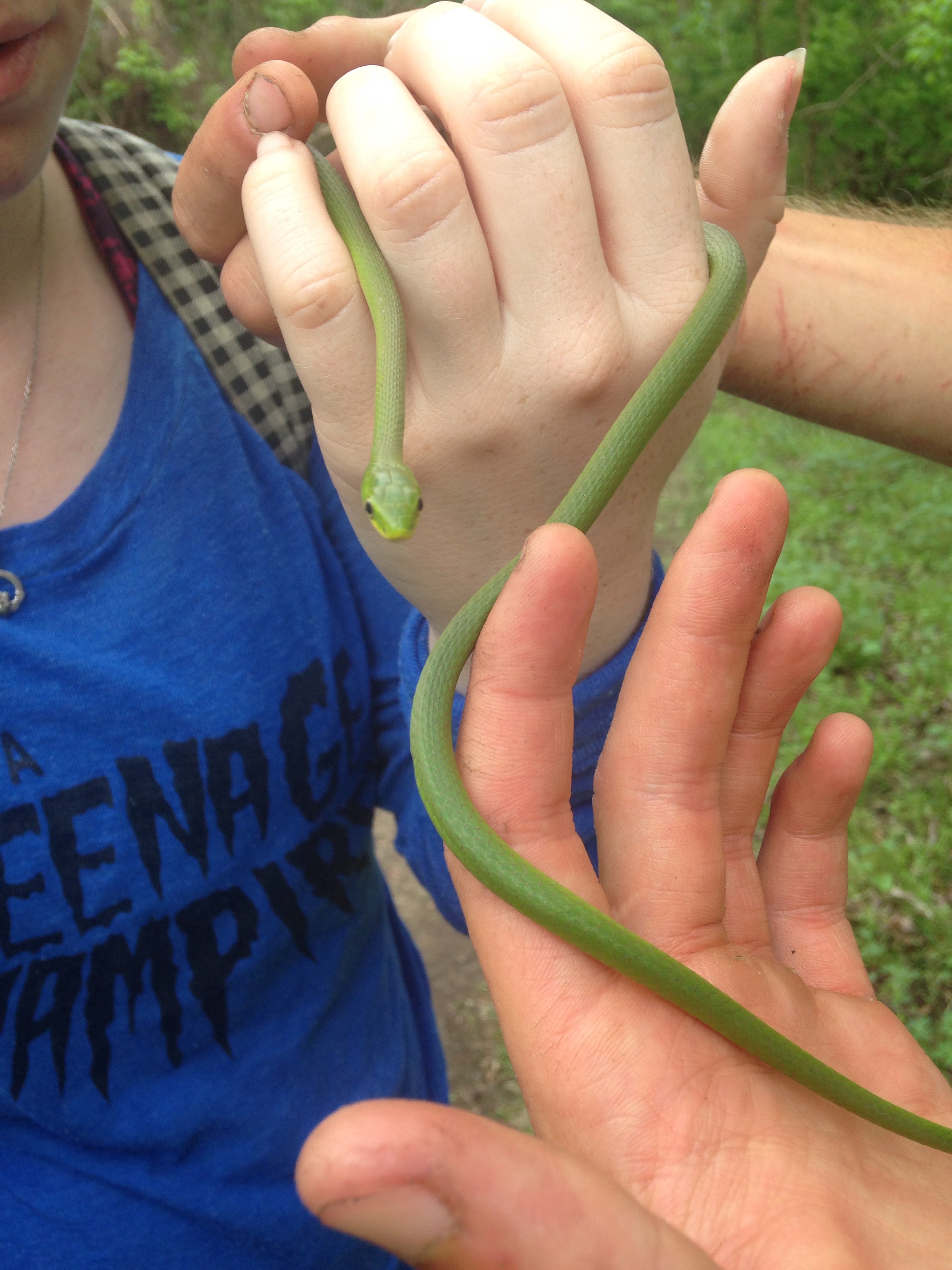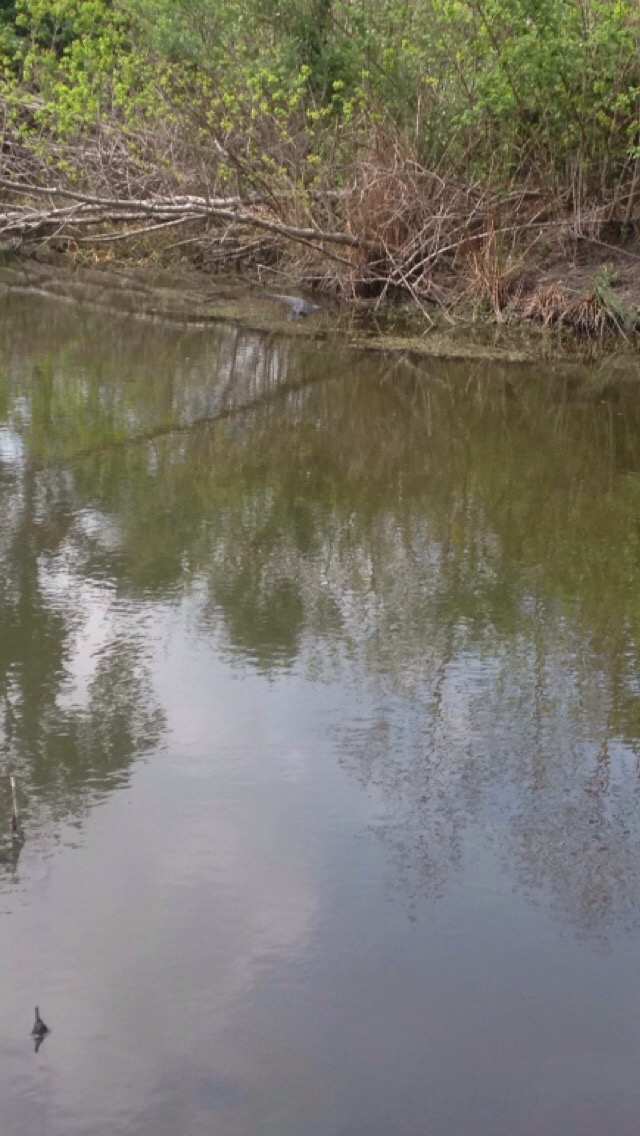Last Full Day

Today was our last full day at the Woodland field site and we had some special guests joining us. Tulane students with an array of majors joined us and we’re excited to get working and helping us with our surveys.
The wonderful student that my group got was Simone. She is an environmental science major and in ROTC. She was very excited about learning about the different plants and how we did our survey work. Just after a few 2Mx2M sections, she picked it up.
Thank you to the Tulane students that came out!









